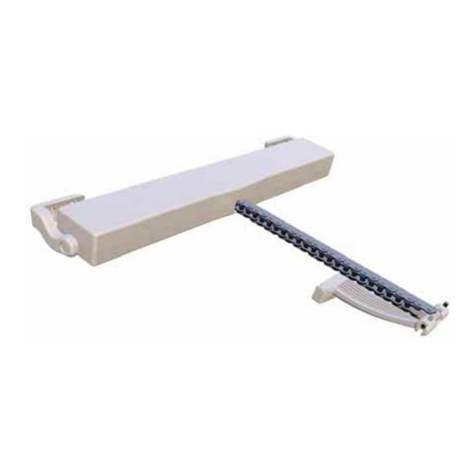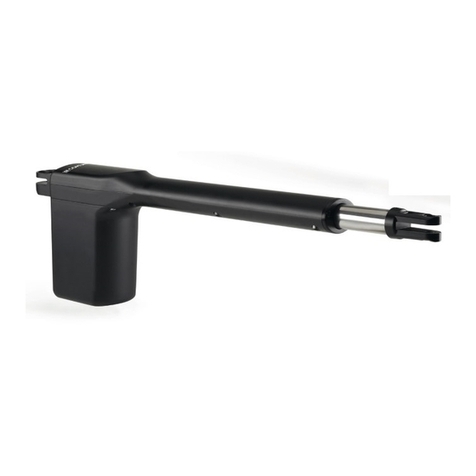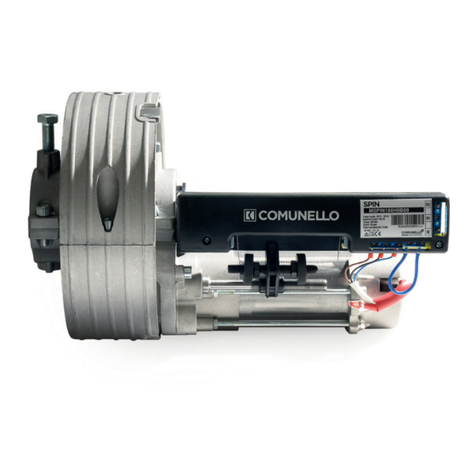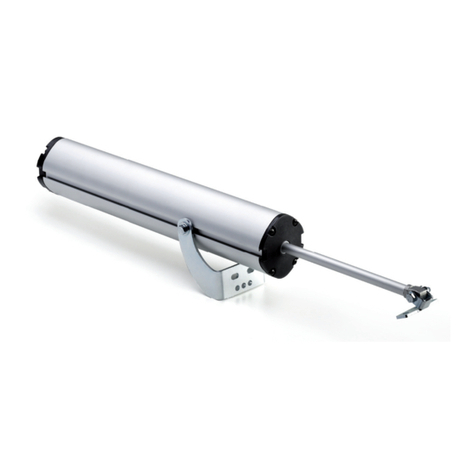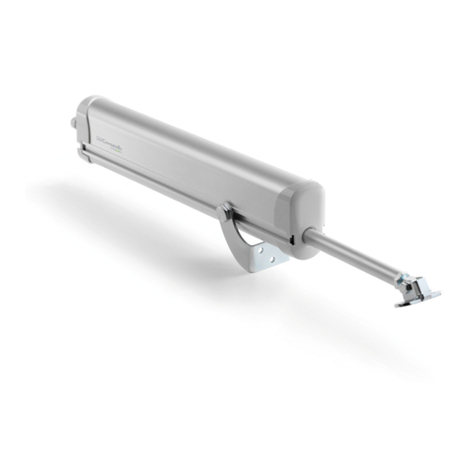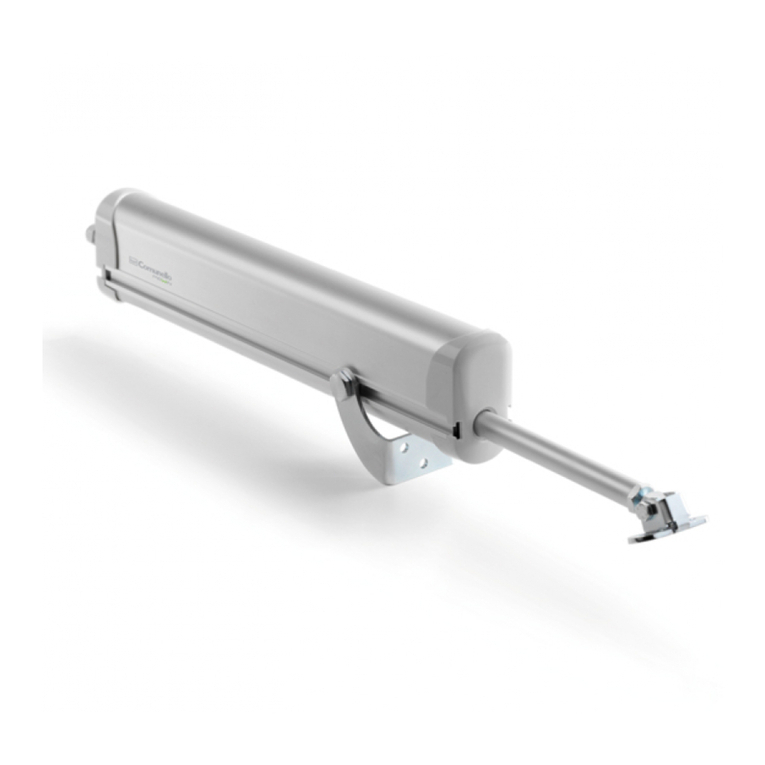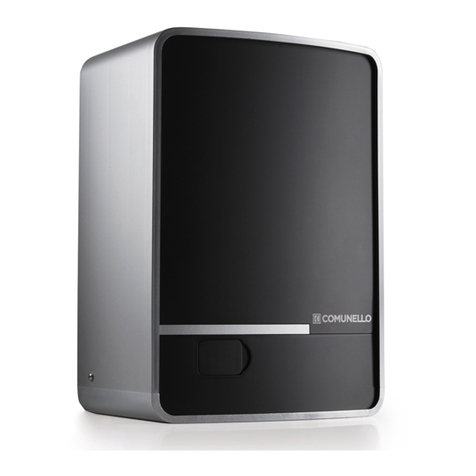
10
COMUNELLO ®Copyright 2018 - All rights reserved
DICHIARAZIONE DI CONFORMITÁ CE
Il sottoscritto, sig. COMUNELLO LUCA rappresentante il seguente costruttore
F.lli COMUNELLO spa
Via Cassola 64, 36027 Rosà (VI) Italy
DICHIARA che l’apparecchiatura descritta in appresso:
Descrizione Automazione elettromeccanica per portoni sezionali
Modello RAMPART 600 - RAMPART 1000
è conforme alle disposizioni legislative che traspongono le seguenti direttive:
• 2014/53/EU (RED) • 2011/65/EU (Direttiva RoHS)
e che sono state applicate tutte le norme e/o speciche tecniche di seguito indicate
EN61000-6-2:2005 + AC:2005
EN61000-6-3:2007 + A1:2011
EN62233:2008
ETSI EN 300 220-1 V3.1.1
ETSI EN 300 220-2 V3.1.1
ETSI EN 301 489-1 V2.1.1
ETSI EN 301 489-3 V2.1.1 Final Draft
EN60335-1:2012+ AC:2014 + A11:2014
ed emendamenti successivi
Inoltre dichiara che non è consentito mettere in servizio il macchinario no a che la macchina in cui sarà incorporata o di cui diverrà
componente sia stata identicata e ne sia stata dichiarata la conformità alle condizioni della Direttiva 2006/42/CE e alla legislazione
nazionale che la traspone.
Rosà (VI) – Italia
13-06-2017
Dr. LUCA COMUNELLO
Legale rappresentante della FRATELLI COMUNELLO s.p.a.
RAMPART 600 / 1000
ISTRUZIONI D’USO E DI INSTALLAZIONE
Fratelli Comunello S.p.A.
Azienda con Sistema Gestione Qualità certicato
UNI EN ISO 9001:2008.
(Certicato n° 50 100 11235 Rev. 02)
